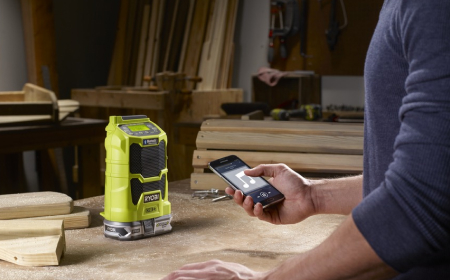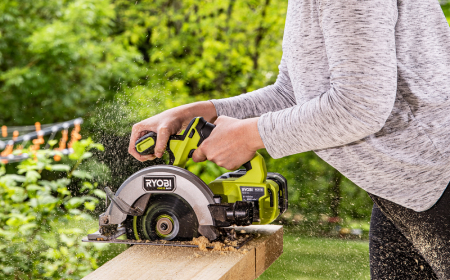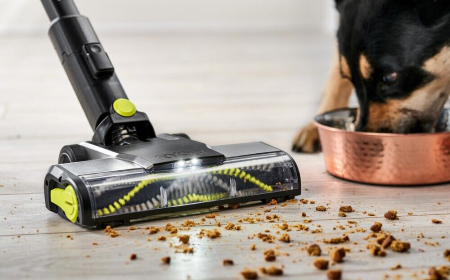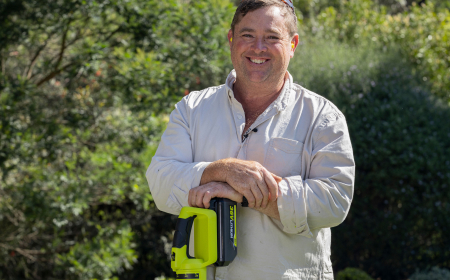Check that the chuck securing screw has potentially loosened – tighten clockwise with a matching bit (PH3 or Torx T30 usually) This occurs when Bits are dropped all the way into the bottom of the chuck.
Depending on the type of chuck, make sure when tightening that the Bit is seated on the chuck jaws with equal seating / pressure applied by the chuck jaws.
Some Drill chucks have a ratcheting feature to prevent over-tightening, however it is important to ensure the chuck is securing the Drill Bit correctly & pull the Bit to check for movement or slippage.
Check Drill Bits for excess wear or damage, as this can also affect the holding power of the chuck.
The chuck might have debris in the jaws, which could make adjusting the chuck harder or stiff.
Open the chuck fully and clean out any build-up of dirt and dust - preferably with compressed air.
This can be done by blowing compressed air (either from a can of compressed air or an air compressor) into the open chuck around the internal jaws until build up is removed.
You can also use a small pipe cleaner (cylindrical brush) to clean the debris.
You may need to cycle open and closed the chuck jaws to loosen all the debris.
Check the rating of the capacity of the chuck either located in the instruction manual or listed on the front of the chuck. If the Bits are outside of the chuck’s rated capacity it may be better to use a different tool, such as Drill press or rotary tool for the job.
R18DD12, RDD18C, R18DD3-H25F, R18DD3-0, R18DDP2-H20G, R18DDBL-55S, R18PD2422B, R18CPD14, R18XPD142B, RPD18C, RPD18X, R18XPD14, R18PD3-H40G, R18PD3-H155S, R18PDBL-C55S, R18PD3-0, R18PD7-C15S, R18PD7-0





